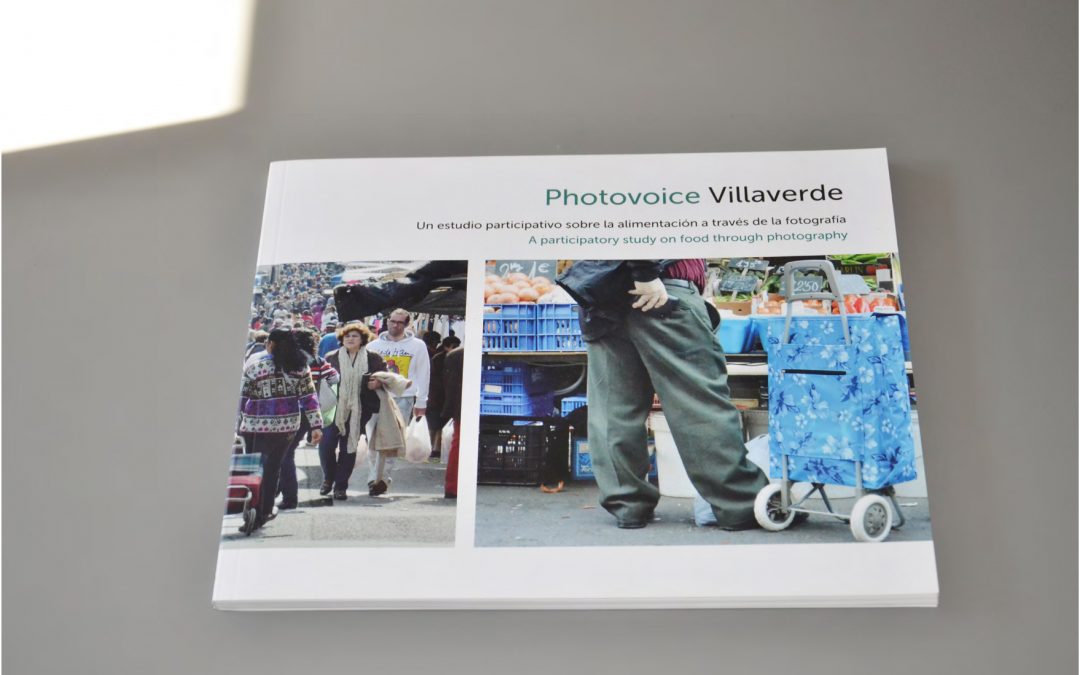Manuel Franco, Spanish researcher and Principal Investigator of the Heart Healthy Hoods research project, brings his ‘Photovoice’ photo project to the European Parliament, May 4-10, 2017. The inspirational photo project has brought together researchers, citizens and policymakers to improve healthy eating in cities.
How does where you live affect your diet?
We all know that good nutrition is important for good health. But what if you live in a neighbourhood that doesn’t always provide enough healthy food for everyone? What if you don’t have the money to improve the way you eat?
Citizens engaged in urban health research
Grab a camera, and start photographing the good, the bad and the ugly — the food in your neighbourhood — focusing on the availability, price and variety of healthy food.
That’s what a group of 24 residents from Villaverde, an underserved neighbourhood in Madrid did. Manuel Franco invited them, along with researchers from the University of Alcalá and public health practitioners from the Madrid Heath Department, to participate in his research project as co-researchers. These local citizens had never done anything like this before; their professions include ‘retired,’ ‘unemployed’ and ‘housewife,’ and many were middle-aged or elderly. Yet, through this project they were emboldened to improve their own diets and that of their community.
Photos Give Citizens a Voice
First, these citizen scientists gathered data in the form of 163 photos; then they held meetings over the course of three months to discuss and debate them under themes such as ‘Poverty and Crisis,’ ‘Ageing,’ and ‘Eating with Moderation’; finally they chose 30 photos to represent their main concerns about food in their city; and in the end, they were empowered to draw up 16 concrete policy recommendations that they presented to local authorities, including:
- Improving local leisure facilities, to avoid consumption of energy-dense and nutrition-poor foods.
- Improving food bank management, to ensure better access to fresh foods for those in most need.
- Encouraging more traditional markets and small food retailers, to improve availability of healthy and affordable foods.

